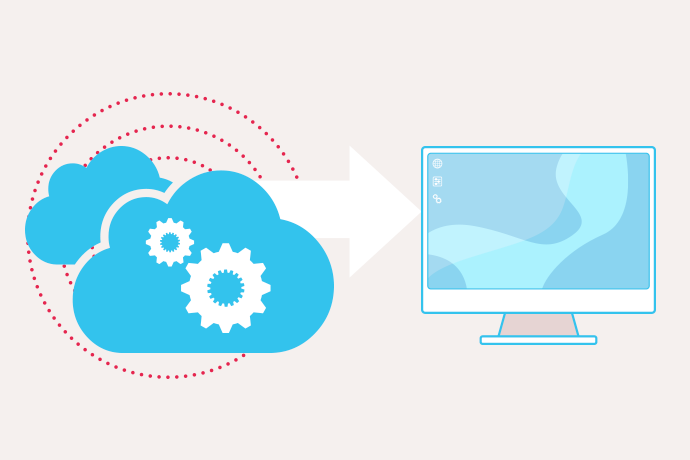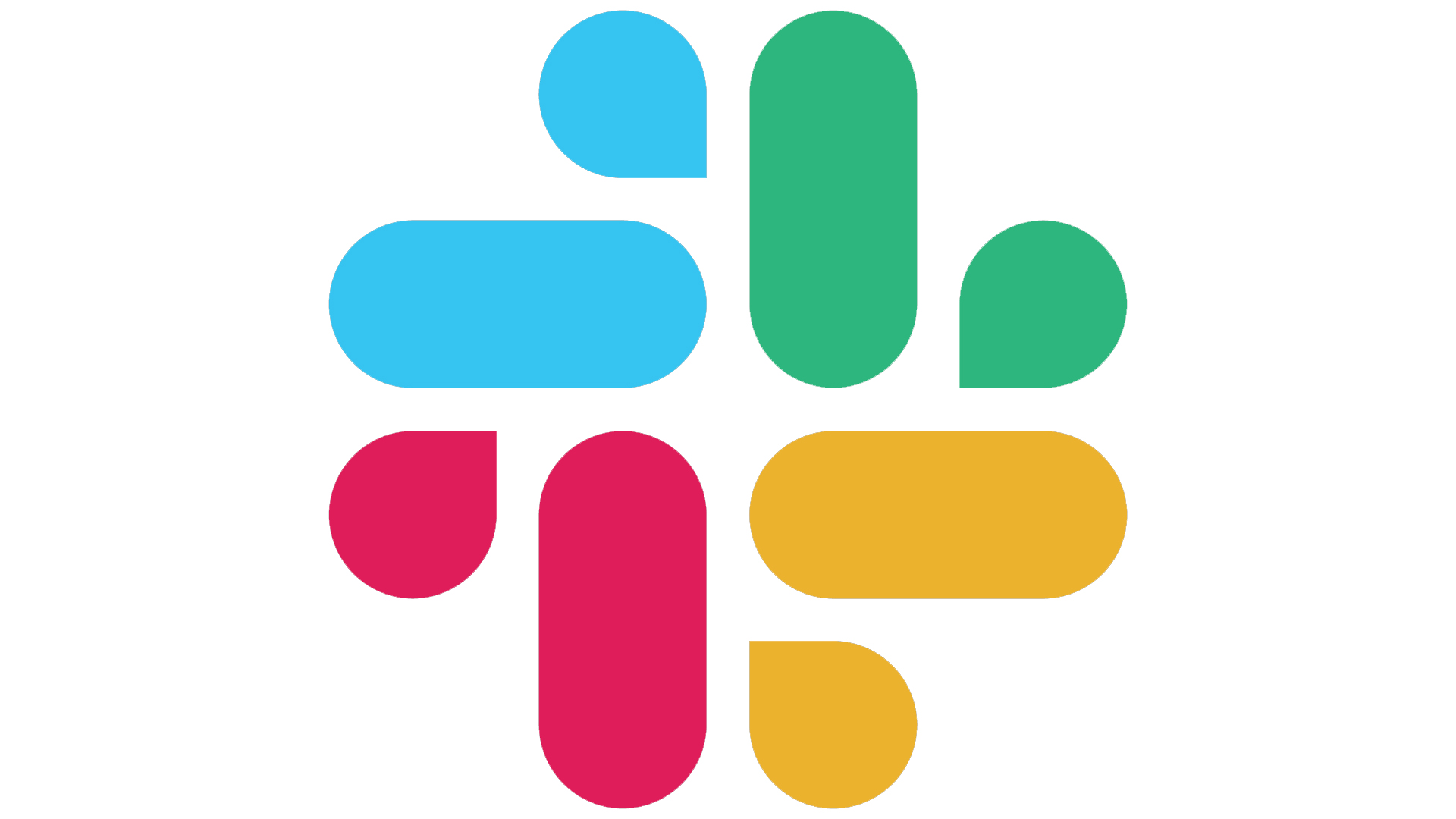Cart Total
$0.00
-
Your shopping cart is empty
Loading

Hello! Log in Your Account
New customer? Start here


|
7 min read
Contents
Quick Summary
Poor business communications can cost your business in more ways than you think. We discuss the data and the possible solutions.
Ineffective business communications are costing your business money.
How, you ask?
Businesses have had to adapt to the demands of modernity. For most, this has meant implementing a hybrid work model. But for businesses to continue to thrive, they need solutions that facilitate continued success for staff, despite the lack of shared office space.
When remote work was mandated, our teams at Yay were in the enviable position of having a trusted business communications solution ready from the get-go: our own.
But most businesses were not so fortunate, stuck with outdated, maladaptive systems that introduced new friction into the processes workers rely on to complete daily tasks.
Here are the common pain points your hybrid workers experience. Plus, we'll propose changes that will save your business money, improve productivity and make hybrid work effective.
According to a 2022 study conducted by the Harris Poll, which surveyed 251 business leaders and 1001 knowledge workers in the US to discuss collaboration, productivity and output amongst hybrid workers, the following statements are true:
The implications:
If workers spend half of their time collaborating, inefficiencies in the processes they use, or weaknesses in the tools they use, are going to cost your business a great deal of money.
That the majority of knowledge workers are experiencing communication issues at work suggests that such weaknesses and inefficiencies do exist. These should be targeted and eliminated.
The majority of workers’ communications are written. Why do workers not use more modern modes of communication?
And, if the most-used communication methods are email, video conferencing and text chat, how would you rate the usability and effectiveness of your own implementations of these tools in your organization?
If ineffective communication claims one-fifth of employees’ time resolving miscommunications, then it pays to invest in a unified communications solution solves the issues causing these miscommunications.
The demands and expectations of the workplace have not changed, but the environment for your workers is entirely different.
Without effective, unified communications solutions like Yay.com’s, businesses see the following consequences:
Missed deadlines, poor productivity and reduced output
When responsiveness and communication are poor, collaboration is impaired and it takes workers longer to achieve the same targets. The result is missed deadlines, lower productivity and reduced output.
Burnout, stress and employee turnover
Miscommunication leads to misunderstandings. When workers don’t understand what is required of them but are under pressure to produce, they feel more stress and are more prone to burnout. Staff that experience burnout report greater job dissatisfaction and are more likely to churn.
Decreased customer satisfaction
When customer issues are miscommunicated between staff, customers must re-explain issues. This makes for frustrated customers, poorer customer satisfaction scores and even a damaged business reputation.
57% of knowledge workers say they communicate via email or text chat the majority of the time. If these modes of communication are the best for the job, then all's well. But if staff are using these methods because of a lack of viable alternatives, then this poses a problem.
Why?
Text-based methods of communication have lower bandwidth than other methods.
Bandwidth
The biggest limitation of written communication is its low bandwidth. By ‘bandwidth’, we mean how much information can be conveyed by unit of time.
If you were to compare the bandwidth of all modes of communication, text would be dead last. A ‘bandwidth hierarchy’ might look like this:
Text < Voice < Video < VR/AR < In-person
As you move further left in the above hierarchy, bandwidth reduces and the information lost increases.
The depth of information conveyed in an involuntary narrowing of the eyes or twitch of the mouth cannot be expressed by text.
In voice communications, vocal inflexions increase bandwidth somewhat.
Less ‘bandwidth’ means a less fluid communication environment and more opportunities for misunderstandings over the course of the business day, impairing effective collaboration.
Considering the frustration one feels when one feels misunderstood in the course of a single meeting, it’s clear how damaging the consequences of swathes of staff feeling misunderstood over the course of months could be.
In 2021, 19 million knowledge workers left their jobs in what has been called “The Great Resignation”.
To save your business from such a loss of human capital, it is vital to invest in solutions that unify your channels of communication and eliminate friction.
Knowledge workers can spin the isolation of remote work to their advantage.
Having ‘doors closed’ times of the day to focus on non-collaborative, value-generating output (be it writing code or copy) is a boon for knowledge workers in a distracted world.
Since it’s always possible with a powerful business phone system to schedule efficient, high-bandwidth collaboration via video conferencing at any time of the day, it’s easy to plan such ‘doors closed’ hours around other commitments and continue to collaborate effectively.
Encourage staff who currently work from the office full-time to work from home at least one day per week.
This way, all staff come into direct contact with the challenges those working from home face. Shared experience means greater empathy and a better understanding of why clear communication is vital.
This will also increase your pool of data points from which to draw conclusions about where to improve and will increase feedback on existing systems.
You can also encourage remote staff to attend the office once per month at a minimum.
Familiarity will banish the phantoms that exist all too often in the digital space between strangers online, making collaboration and camaraderie more natural.
Go one step further and organise dedicated team-building activities and social evenings too.
When staff are given the chance to socialise, bonds strengthen and future understanding is easier to achieve.
Of all the possible solutions to the problems presented by hybrid work, this is the most important.
Segregated, disparate communications create the same kind of segregation at the macro level: your workers will feel it too.
When staff can move at will between channels and modes of communication, though, they’ll use the ones that work best for the job, increasing collaborative productivity.
Yay’s unified communications platform combines voice and video conferencing, text-based chat and a host of powerful phone system features to improve the caller experience for both your staff and your customers.
This will encourage workers to gradually increase the bandwidth of their preferred mode of communication from text to voice to video while enabling seamless file sharing. Integrations with your favourite CRMs and other software solutions offer unparalleled interoperability too.


Explore the benefits of modern Software as a Service subscriptions and see how they can offer added flexibility and scalability for businesses.
Posted December 13 2023 | 3 min
How to send messages in the Yay mobile app
Posted December 21 2022 | 1 min

This guide to working remotely aims to prep distributed teams to deal with the unique challenges and opportunities that flexible and remote work present.
Posted May 12 2022 | 27 min

Yay is a secure, encrypted alternative to Slack for businesses with a powerful phone system at its core, connecting businesses in ways Slack can't.
Posted March 25 2022 | 8 min

Hybrid working is a model that sees staff working from the office on some days and from home on others. Learn how to tackle the inherent challenges
Posted November 2 2021 | 5 min

The best managers will support and reward team members, even when working remotely. Here are 5 actionable tips for how to get the most out of your remote teams.
Posted August 26 2021 | 5 min

While some businesses will only need the voice services of a strong VoIP platform, others will need more from their communications solution...
Posted June 24 2021 | 5 min

Your UCaaS platform makes up the infrastructure you use to speak to customers and to collaborate internally. Choosing the right provider is important. Here's what to look out for.
Posted March 18 2021 | 8 min

Unified Communications services make it easy for your staff to work remotely and flexibly by providing a stable hub for all your business communications
Posted February 10 2021 | 5 min

How do Hosted VoIP platforms and Unified Communications as a Service solutions differ? And which is more appropriate for your business?
Revised January 15 2021 | 9 min

With an effective unified communications solution for your business, you can keep ideas and insights flowing, even when working remotely.
Posted January 8 2021 | 4 min

Boost business efficiency by making the most of our unified communications solution, combining instant messaging for business with our VoIP phone system
Posted January 7 2021 | 4 min